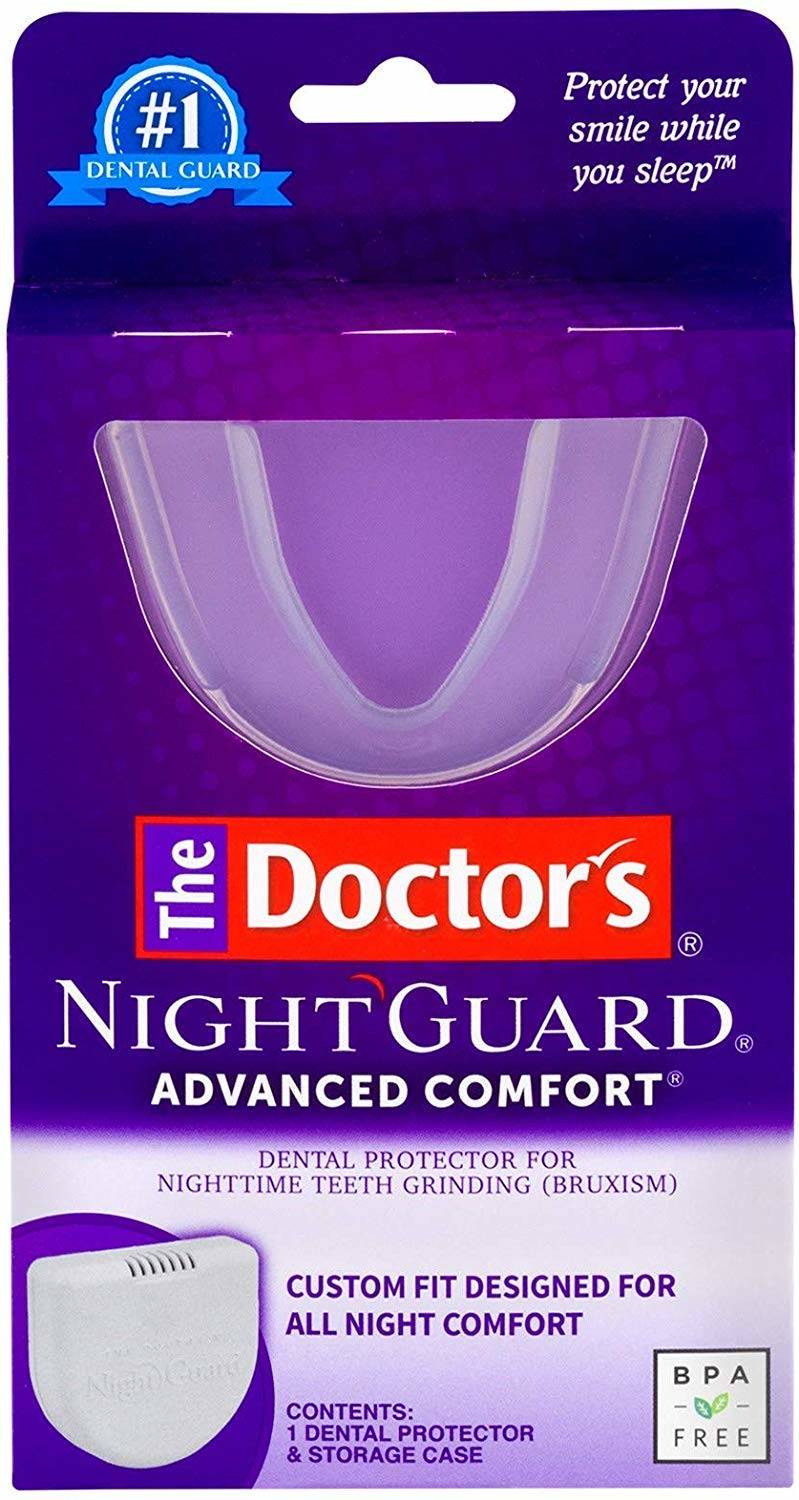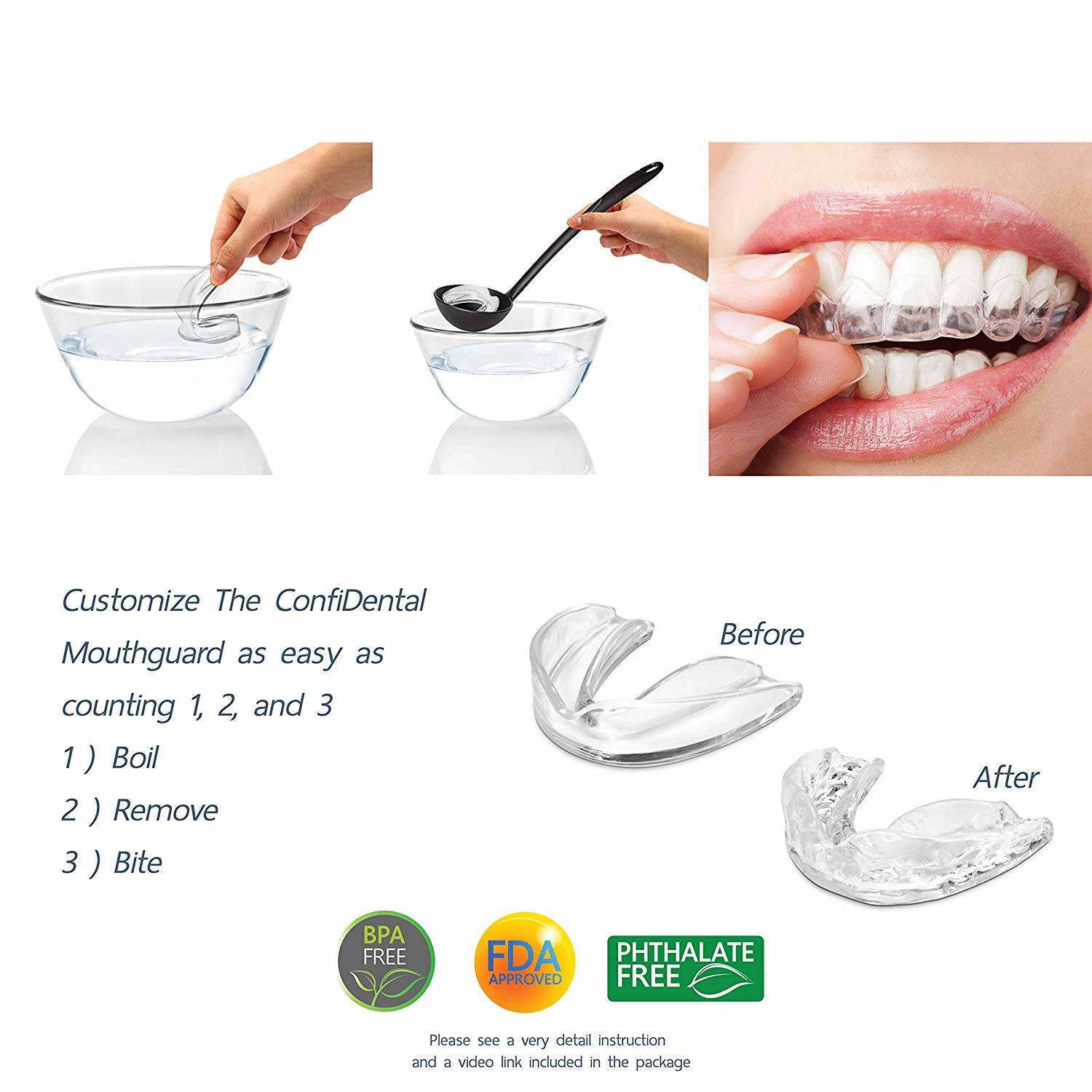Have you ever woken up with jaw pain that you weren’t able to explain? Have you ever noticed that there are certain stressful periods in your life that cause you to grind your teeth? Then you might be suffering from bruxism. This might not seem like a big deal, and even if a mild form of bruxism doesn’t require treatment because of their low-impact consequences, severed bruxism has a whole list of potential complications that could result in excruciating pain, and even tooth loss. What exactly causes bruxism, what can you do about it, and where does a mouthpiece fit into this entire scenario?
Understanding Bruxism
In medical terms, teeth grinding is known as bruxism. It is a condition that causes people to involuntarily clench, gnash, or grind their teeth. People who have bruxism might grind their teeth when being awake or when sleeping. However, if it occurs when sleeping, bruxism is considered a sleep-related movement disorder. Depending on the form of bruxism that you have, it may not require treatment.
Severe bruxism can lead to painful consequences, and it is not a condition to be taken lightly. People who suffer from bruxism might notice that their teeth are loose, chipped, or fractured, that their tooth enamel is worn out, and could also experience sensitive teeth and pain. Symptoms of bruxism also include pain in the jaw muscles, soreness in the face or next region, temples headaches, inside-cheek damage, or pain that’s similar to earache.
It’s important to note that doctors have yet to pinpoint an exact cause for bruxism. What they do suspect is that this could be due to a combination of genetic, psychological, or physical factors. People who have awake bruxism may do so because they’re experiencing high levels of stress, anxiety, or anger, which could lead to bruxism being a coping mechanism. Those who have sleep bruxism are likely to experience a sleep-related chewing activity caused by sleep arousals.
Failure to treat any form of bruxism above mild can lead to consequences such as headaches, damage to the teeth, pain in the teeth, jaw, or overall face region, or temporomandibular joints disorders.
If you do suffer from bruxism, a dentist should be able to figure that out. He can also determine if you need any form of treatment after analyzing how the symptoms progress. Dentists who suspect that their patients might suffer from bruxism will usually ask questions to try and figure out what’s going on. In addition to these questions, the dentist will also try to evaluate any potential dental abnormalities, jaw muscle tenderness, or damage to your teeth or inside your mouth which can usually be seen after performing an X-ray.
If there are suspicions that you have sleep bruxism, you may be referred to a sleep medicine specialist. They will be able to conduct further tests in order to determine if you really do grind your teeth while sleeping, and might also look for symptoms of sleep apnea or other sleep disorders. If you have awake bruxism, then you might need the help of a counselor or a licensed therapist that could help you deal with anger or anxiety problems, as the causes of this type of bruxism are most likely of a psychological nature.
Treating Bruxism
People that suffer from a mild form of bruxism don’t usually require treatment for such a condition. Children that have it will most likely outgrow it, as well. However, for people who do need treatment, there are plenty of approaches that might work, but that’s only for a specialist to decide which one fits best in your case.
Mouthguards are often a solution for people who suffer from teeth grinding. The role of these oral products is to provide protection by keeping the teeth separated, and preventing grinding that could lead to any of the aforementioned complications.
About the Doctor’s Mouthguard

This nightguard basically has a two-layer design, each with a specific role in ensuring comfort and dental protection. The upper part is a soft layer that, once heated, will be easy to bite into and can take the shape of your teeth to ensure a proper fit. The lower layer is the hard base that serves as protection in situations where you have mild to severe bruxism.
First-Time Adjustment

You are going to need a few items before you start adjusting your mouthpiece. Before you begin, you are going to need a coffee mug that can be used inside a microwave, the microwave itself, a mirror to help with the adjustments, a clock (or your smartphone timer), a slotted spoon that will help you remove the mouthpiece from hot water, and a small plate for putting down your mouthguard before fitting. The manufacturer also recommended using a non-metallic object to prevent eater over-heat, like maybe a chopstick or a popsicle stick.
The first thing that you’ll need to do is boil the water and dip the mouthpiece in for more moldability. Simply fill a microwave-safe coffee mug with water, and make sure it’s enough to cover the mouthpiece completely. Half of a mug should do the trick. Place your non-metallic object inside the water in the mug and then put the mug inside the microwave for three minutes. After that, leave it in the microwave for 30 more seconds and then remove it from the microwave.
Now it’s time to be really careful, as to avoid coming in contact with the hot water. Grab the slotted spoon and use it to gently dip the NightGuard mouthpiece in the water, making sure that the grooved side is pointing down. You can also use something like a large pair of kitchen tonsils in the process. Leave the mouthpiece submerged under the hot water for about two minutes.
After the two minutes are up, remove the mouthpiece from the water mug, using the same tool that you used to put it inside the mug in the first place. Put the mouthpiece on the plate, making sure that its sticky side is facing upwards. Leave it to cool for about ten seconds that move onto to the next series of steps which imply fitting the piece.
Make sure that you stand in front of the mirror and have plenty of light to see what’s going on. Center the mouthpiece inside your mouth by making sure that the front teeth are located behind the front edge. Bite down firmly, making sure that you can feel your teeth sink into the soft material. You will have to be really careful here, as the firm bite will most likely push the mouthpiece forward, so counter this action using your hands to make sure that it doesn’t slide to the front.
As your teeth are still clenched, you will have to press the material sideways using your thumbs. By applying pressure to the outside of your teeth all around the mouth will ensure a correct fit. You can now open your mouth and press the soft material sideways again, only this time it should be against the inside of your teeth and all way around your mouth. When both of these steps are completed, you can now bite down firmly for 30 more seconds.
If all goes well during the fitting process, the mouthguard should stay on the upper teeth even with your mouth open. You can also use a sharp knife or a pair of scissors in case you need to trim or shorten the length of the mouthpiece, as for some people it may extend past the back molars.
Conclusion
Whether you have bruxism, sleep apnea, or are looking for something to protect your mouth from injury, a mouthguard is always a handy item that can serve either of these purposes and also others. With Doctor’s® NightGuard Advanced Comfort®, you get a mouthguard that, once adjusted, can serve plenty of purposes and helps protect your teeth against grinding.
It features a two-layered design that’s meant to prevent long-term teeth damage and grinding that can lead to all different kinds of pain. The upper layer of the product is soft enough to ensure that you can get a custom mold when applying the boiling method, while the base of the mouthguard is hard enough to make sure that there isn’t any teeth-on-teeth contact that could lead to bruxing.